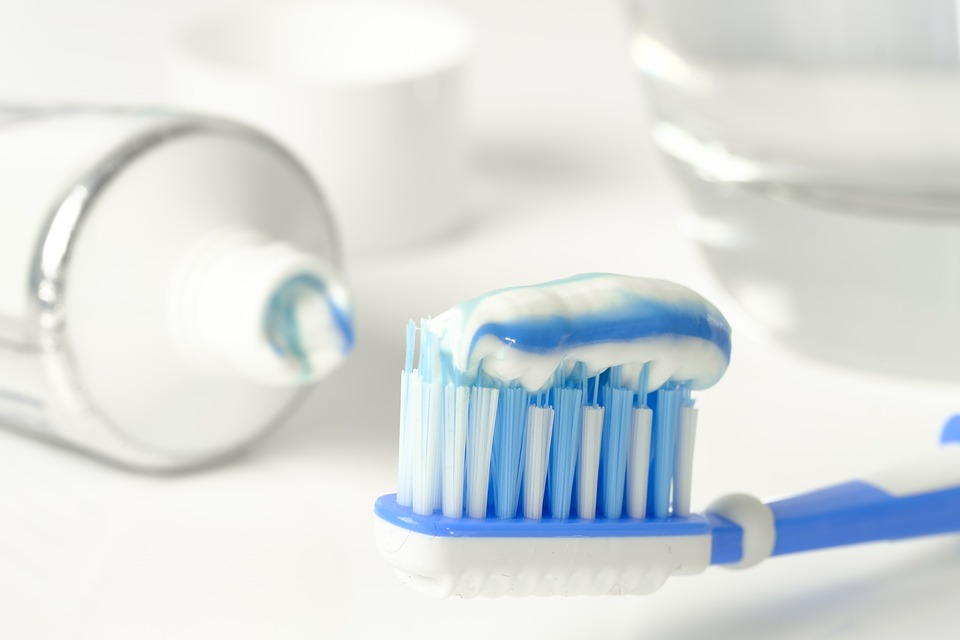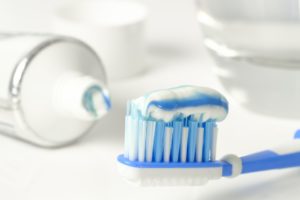How Choosing the Right Toothpaste can Affect Your Dental Visits?
Brushing with the right toothpaste is very important. For one, toothpaste with the right brushing action removes plaque, which is a sticky film that grows in the teeth and causes cavities, gum disease, and even tooth loss. Toothpaste also contains fluoride that makes the whole tooth structure more resistant to decay and repairs early decay before any visible damage is apparent. Special ingredients found in toothpaste help clean and polish the teeth, removing stains and making them look brighter. Finally, toothpaste help freshens the breath and gives your mouth a clean feeling.
The Kind of Toothpaste to Use
It does not really matter what brand you use as long as the toothpaste has fluoride. It also should not matter if it is in paste, gel, or powder form, or if it contains flavor. All fluoride toothpaste effectively works in fighting cavities and plaque and cleaning the tooth enamel. What is important, though, is that your toothpaste brand should have the American Dental Association (ADA) Seal of Approval, which says that the product’s safety and efficacy have been demonstrated in controlled clinical trials.
If you have teeth that are very sensitive to cold or hot temperatures, you might want to use toothpaste that is specially designed for sensitive teeth. These desensitizing toothpastes contain potassium nitrate or strontium chloride that protects exposed dentin by blocking tubes in the teeth that are connected to nerves. These special toothpaste should be used for at least one month before any effects can be felt.
Toothpaste with hydrogen peroxide or baking soda gives the teeth and mouth a clean and fresh feeling that can encourage you to brush more often. There are also tartar-controlling kinds of toothpaste that contain pyrophosphates to prevent tartar buildup on the teeth. We are also seeing products with advanced whitening formulas that safely remove stains for a brighter and shinier smile almost comparable to professional bleaching formulas administered by dentists.
The Amount of Toothpaste to Use
Contrary to what we see in toothpaste commercials, the amount that you need to effectively brush is not a heaping amount. A pea-sized amount on the top half of the brush should be enough; children under six years should be given a small dab of toothpaste only. Brush correctly by holding the toothbrush at a 45-degree angle, brushing inside, outside, and in between the teeth, ensuring that the toothpaste foam covers all the teeth surfaces.
So, is brushing with toothpaste enough to fight tooth decay and gum disease, and lessen your trips to the dentist? No. However, brushing after every meal will help (as well as flossing your teeth to remove food particles and plaque stuck in between teeth and the gum line). Studies have shown that plaque regrows on teeth that are very clean in just three or four hours after brushing. Talk to your dentist for more tips on choosing the right toothpaste to keep your teeth protected.
You can read more articles related to teeth whitening and dental care here:
- Is It Possible to Cure Periodontal Disease?
- Dental Care for Children’s Teeth
- Know About Oral Surgery






 |
|